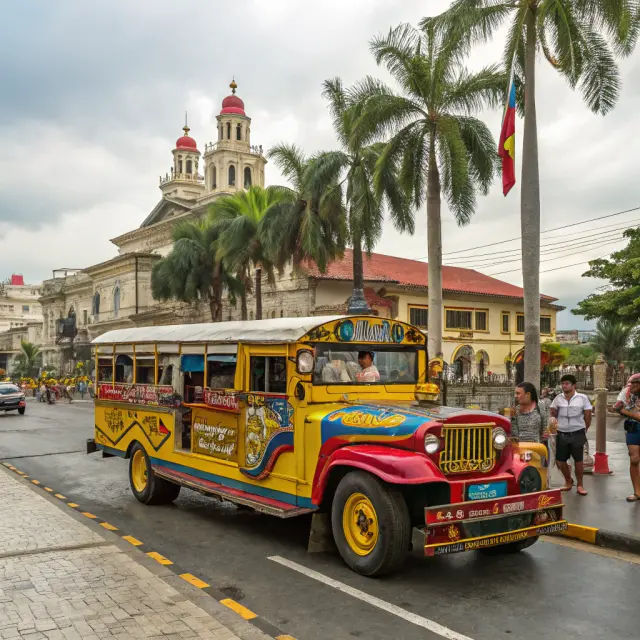Where is Nueva Vizcaya
Nueva Vizcaya is a province situated in the heart of the northern region of the Philippines known as the Cagayan Valley. The province is landlocked and is bordered by several provinces: Ifugao to the north, Quirino to the east, Nueva Ecija to the south, and Pangasinan and Benguet to the west. Its central location makes it strategically significant and a key area for agricultural activities.
History of Nueva Vizcaya
The name “Nueva Vizcaya” derives from the Basque region of Spain, reflecting its colonial history. The province was established in the 18th century during Spanish colonization. Initially, it was part of a vast territory under the administration of the Spanish, which included regions that are now separate provinces. Over the years, demographic and geographic changes led to the restructuring of these territories, which defined the current boundaries of Nueva Vizcaya.
Throughout its history, Nueva Vizcaya has been home to several indigenous groups, including the Ifugao, Gaddang, Isinai, and Bugkalot peoples, who contribute to its rich cultural mosaic. The arrival of lowland settlers has further diversified its cultural composition. The province’s history is a narrative of adaptation and integration, forming a community characterized by its vibrant traditions and agricultural prowess.
Frequently Asked Questions
- What is the capital of Nueva Vizcaya?
The capital of Nueva Vizcaya is Bayombong. It acts as the region’s political and economic hub.
- What are the main attractions in Nueva Vizcaya?
Nueva Vizcaya is known for its stunning landscapes, including the Imugan Falls, Lower Magat Eco-tourism Park, and the mesmerizing vistas of the mountains and valleys.
- How can I reach Nueva Vizcaya?
Travelers can reach Nueva Vizcaya by road from Manila despite the absence of a commercial airport. The drive takes approximately 5-6 hours via the North Luzon Expressway and Maharlika Highway.
- What is the predominant language spoken in Nueva Vizcaya?
The predominant languages spoken are Ilocano, Tagalog, and English, although there are still indigenous languages and dialects present.
- What type of climate does Nueva Vizcaya experience?
Nueva Vizcaya enjoys a tropical climate characterized by a dry season and a rainy season, with moderate temperatures due to its elevation.


